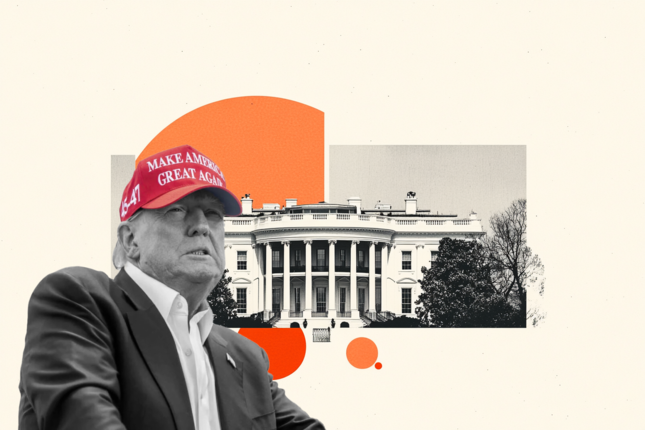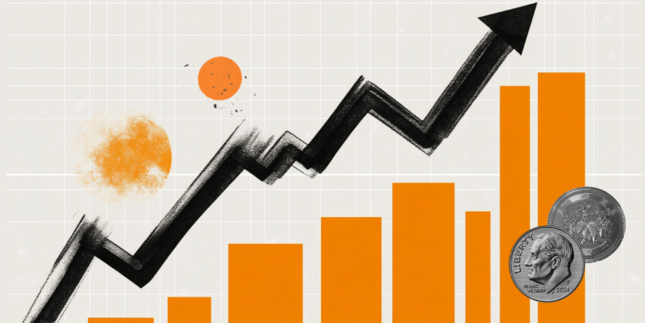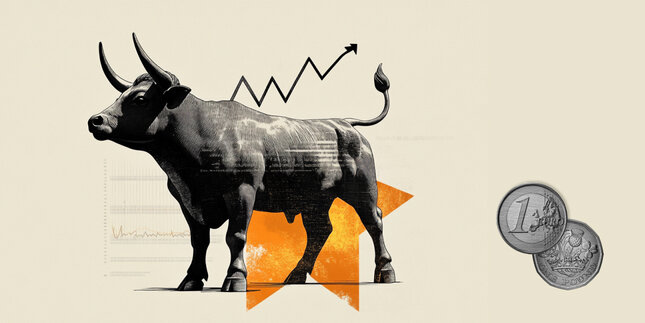Pound Sterling bounces back against US Dollar ahead of US Manufacturing PMI
- The Pound Sterling recovers to near 1.3340 against the US Dollar as the latter struggles to extend recovery.
- US-China trade uncertainty will likely keep investors on their toes as the US Manufacturing PMI could hint at early impact from Trump’s tariff policy.
- BoE officials stress the need to discount trade war risk in monetary policy decisions.
The Pound Sterling (GBP) recovers early losses and turns slightly positive to near 1.3340 against the US Dollar (USD) during European trading hours on Thursday. The GBP/USD pair attracts bids as the US Dollar (USD) faces pressure, while extending its two-day recovery, a move that is driven by hopes that fears of global disruption due to the imposition of additional tariffs by United States (US) President Donald Trump have peaked.
The US Dollar Index (DXY), which tracks the Greenback’s value against six major currencies, struggles to break above the fortnightly high around 100.00.
The USD rebounded after the White House signaled that it could announce bilateral trade deals with a number of trading partners in weeks. “Initial trade deals are to be announced in weeks, not months,” US Trade Representative Jamieson Greer said at Fox News, Reuters reported. However, he denied any trade discussion with China, which is still a concern for market participants, given the reliance of US industries on imports from the Asian giant.
The release of US Q1 Gross Domestic Product (GDP) data on Wednesday has also supported the US Dollar. The data showed that the US economy shrank in the first quarter of the year by an annualized rate of 0.3%, mainly due to a substantial increase in imports. US importers frontloaded inputs from their foreign suppliers to escape the burden of higher tariffs imposed by US President Trump on April 2.
In Thursday’s session, investors will focus on the final S&P Global and ISM Manufacturing Purchasing Managers’ Index (PMI) data for April. Investors will pay close attention to the ISM Manufacturing Prices Paid to know whether the impact of Trump’s protectionist policies has started feeding into input costs.
Last week, the preliminary S&P Global PMI report already said that tariffs are causing companies to “hike their selling prices at a pace not seen for over a year”. The agency warned that these higher prices will “inevitably feed through to higher consumer inflation, potentially limiting the scope for the Federal Reserve (Fed) to reduce interest rates at a time when a slowing economy looks in need of a boost”.
Daily digest market movers: Pound Sterling gains against its peers
- The Pound Sterling bounces back against its major peers on Thursday in the European session. The British currency recovers despite fears that the global trade war will hurt the United Kingdom’s (UK) economic outlook.
- There is a great chance that the UK will have a trade deal with Washington, and the impact of reciprocal tariffs by Donald Trump will be insignificant, given that the additional duty is 10%, the lowest among US trading partners. However, the major threat for the UK will be intense competition with other nations, assuming that Trump’s protectionist policies will force his trading partners to sell their products in other territories at lower prices.
- Bank of England (BoE) officials, including Governor Andrew Bailey, have warned that the central bank should consider global trade war risk in the fallout of Trump’s tariffs. "We do have to take very seriously the risk to growth,” Bailey said last week. Separately, BoE Deputy Governor Clare Lombardelli expressed concerns over trade policy uncertainty and stressed that it is “prudent” to consider “persistent risks” while making monetary policy decisions, Bloomberg reports.
- Increasing global economic uncertainty has forced traders to raise bets supporting the BoE to cut interest rates in the policy meeting on May 8. The BoE is almost certain to reduce borrowing rates by 25 basis points (bps) to 4.25%.
Technical Analysis: Pound Sterling stays above all short-to-long-term EMAs

The Pound Sterling retraces to near 1.3330 against the US Dollar from the three-year high of 1.3445. However, the overall outlook of the pair remains bullish as all short-to-long Exponential Moving Averages (EMAs) are sloping higher.
The 14-day Relative Strength Index (RSI) falls inside the 40.00-60.00 range, indicating that the bullish momentum is over for now. However, the upside bias still prevails.
On the upside, the round level of 1.3600 will be a key hurdle for the pair. Looking down, the April 3 high around 1.3200 will act as a major support area.
Economic Indicator
ISM Manufacturing Prices Paid
The Institute for Supply Management (ISM) Manufacturing Index shows business conditions in the US manufacturing sector, taking into account expectations for future production, new orders, inventories, employment and deliveries. It is a significant indicator of the overall economic condition in US. The ISM Prices Paid represents business sentiment regarding future inflation. A high reading is seen as positive for the USD, while a low reading is seen as negative.
Read more.Next release: Thu May 01, 2025 14:00
Frequency: Monthly
Consensus: 70.3
Previous: 69.4
Source: Institute for Supply Management
Forex News
Keep up with the financial markets, know what's happening and what is affecting the markets with our latest market updates. Analyze market movers, trends and build your trading strategies accordingly.





















